Last Updated on January 3, 2024 by Marian Jones
Close your eyes and picture Paris and it may well be Belle Époque Paris you’re imagining: the Eiffel Tower, exuberant cancan dancers at the Moulin Rouge, the insouciance of everyday life captured In Renoir’s painting Les Grands Boulevards, the stylish gaiety of a Toulouse Lautrec Poster. This post takes you on a journey round the main places in Paris where you can still enjoy a little Belle Époque elegance today.
a little history

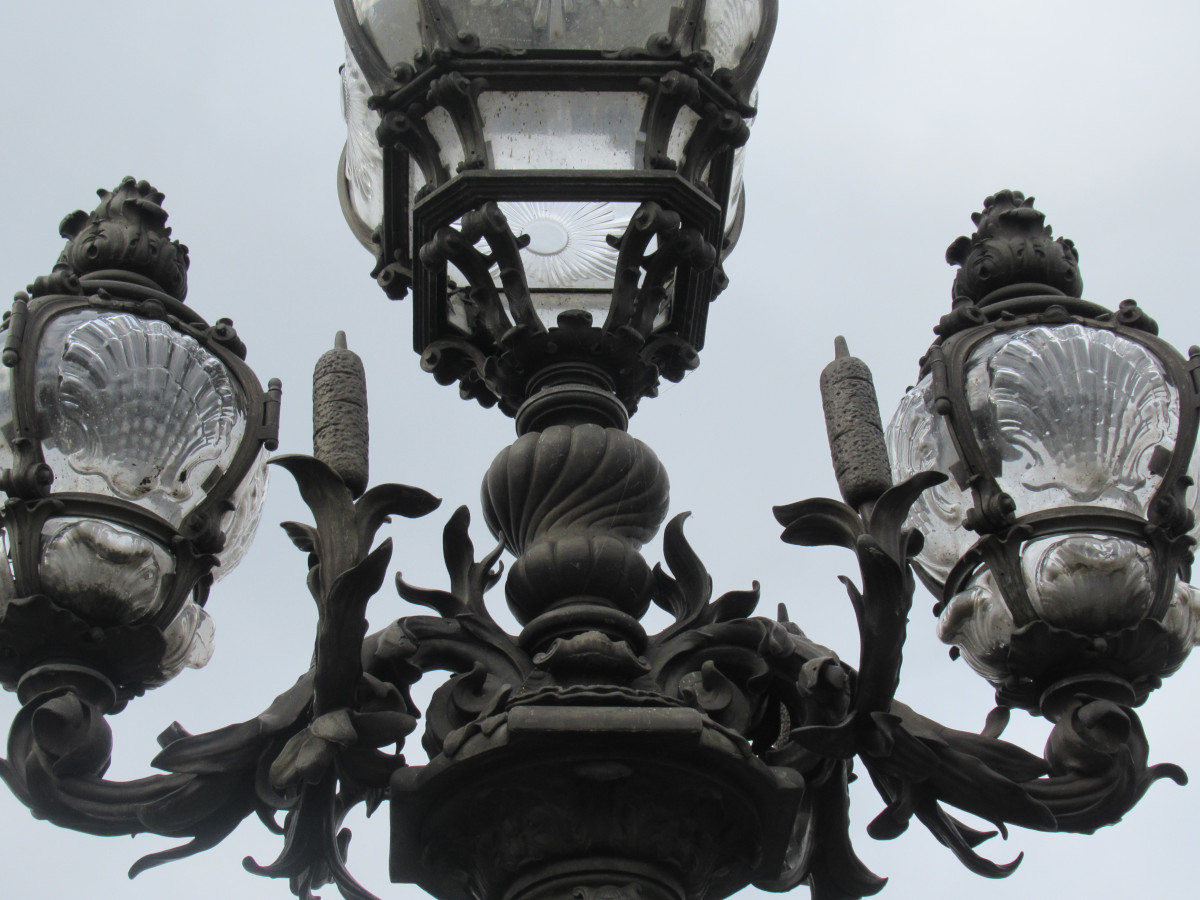

The Belle Époque is the name given to the 40-year period of peace between 1871, when the misery of the Siege of Paris was over, and the onset of World War One in 1914. People were excited for the future, new technology brought all sorts of wonders, from improved transports to impressive developments in architecture. Artists, musicians and writers flocked to Paris with their new ideas and their determination to enjoy life. It was a time when stylish new buildings were put up, and here are just a few which you can visit today.
The opera garnier and the Eiffel Tower
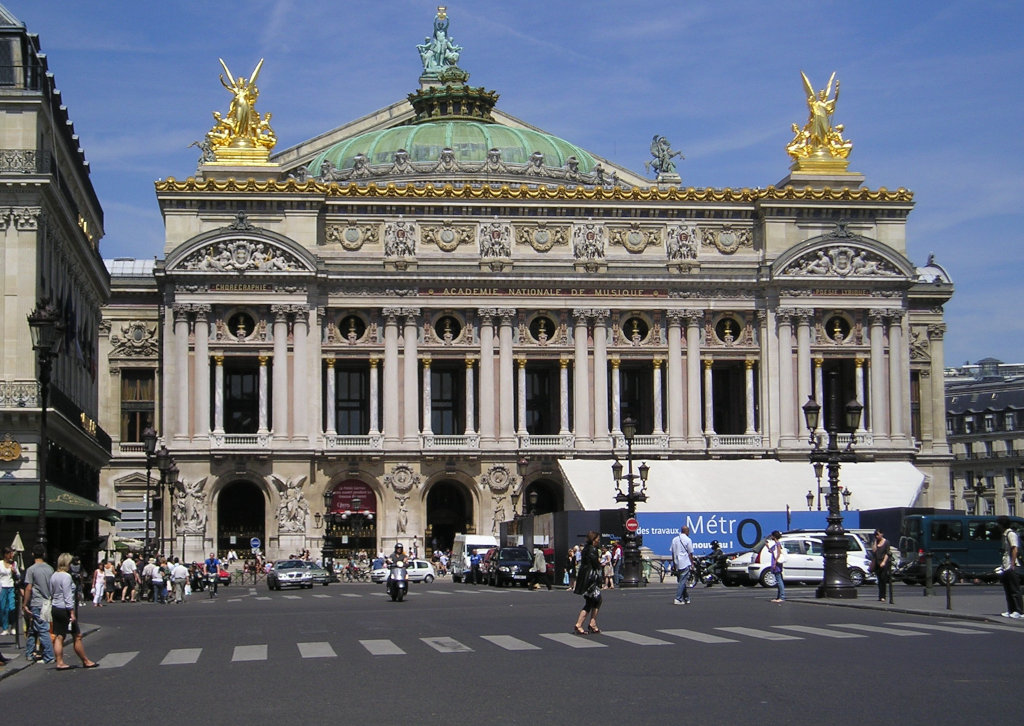
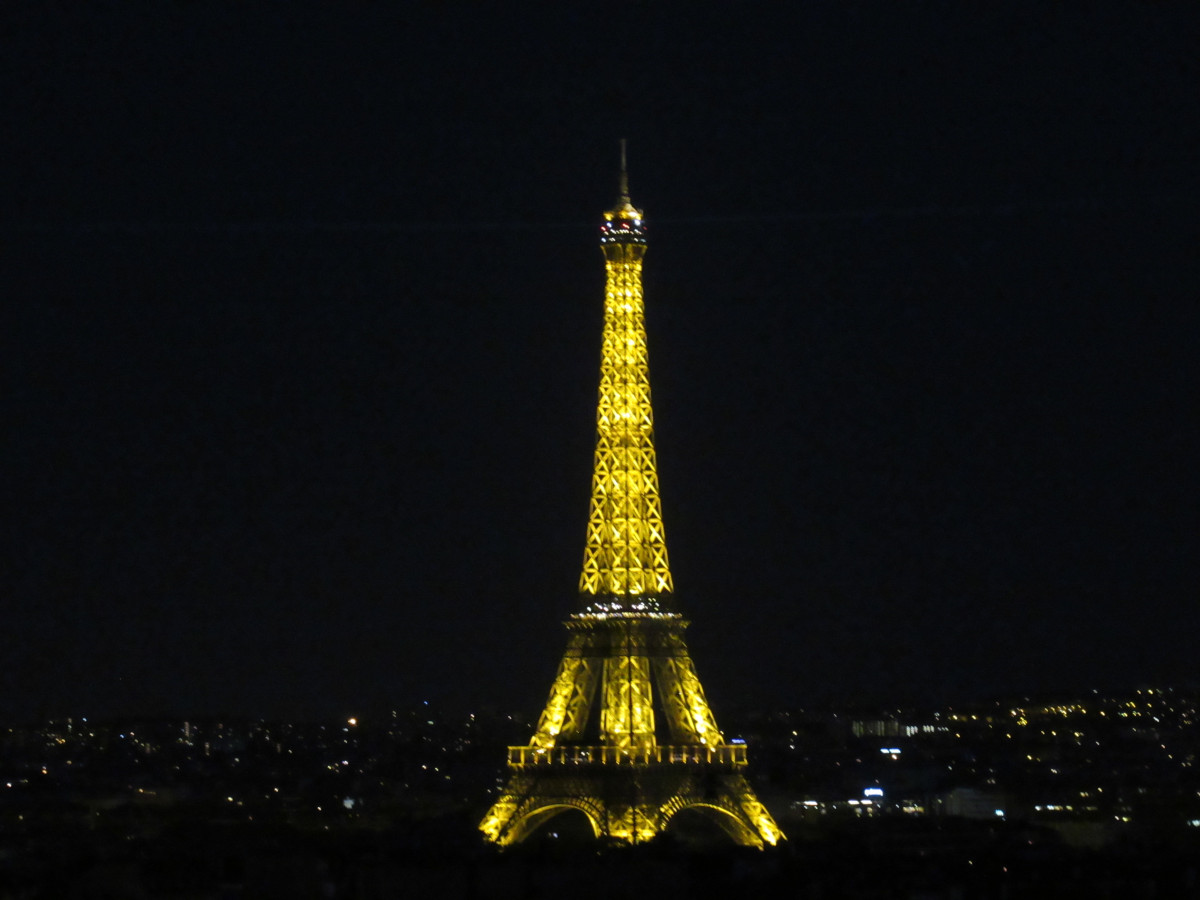

Opened in 1875, the Opéra Garnier ushered in the new era. New building techniques created a giant metal structure to support the domed ceiling and the artist Marc Chagall decorated it with scenes from 14 operas. 18 sculptors were hired to carve the decorations and statues, 24 different types of marble were sourced and the interior was an overblown extravaganza of red velvet and gold leaf, plus a 7 tonne bronze chandelier with its 340 crystal lights. Visiting today, you can still feel the glamour of the exciting new era. There are lots of possibilities: going to an opera, taking a guided tour or looking around yourself, perhaps with an audio guide.
Built in 1889 as the stunning showpiece for the Universal Exhibition, the Eiffel Tower represented the best that the engineers of the day could deliver. 300 workers toiled for two years to build it and it was the tallest building in the world. Such was the world’s fascination with it that two million visitors saw it in its first year, including Edward the Prince of Wales, eight African kings and Buffalo Bill.
It was supposed to be temporary, but the Parisian authorities changed their minds about that when they realised what profits could be made from charging an entrance fee. It was not universally popular; some found it an ugly monstrosity, including the author Guy de Maupassant who claimed to enjoy eating in its restaurant because ‘It’s the only place in Paris where I don’t have to see it.’ Its 20,000 lightbulbs make it a spectacular showpiece every evening, especially on the hour when they sparkle flirtatiously.
The Alexander III Bridge, the Grand Palais and the Petit Palais

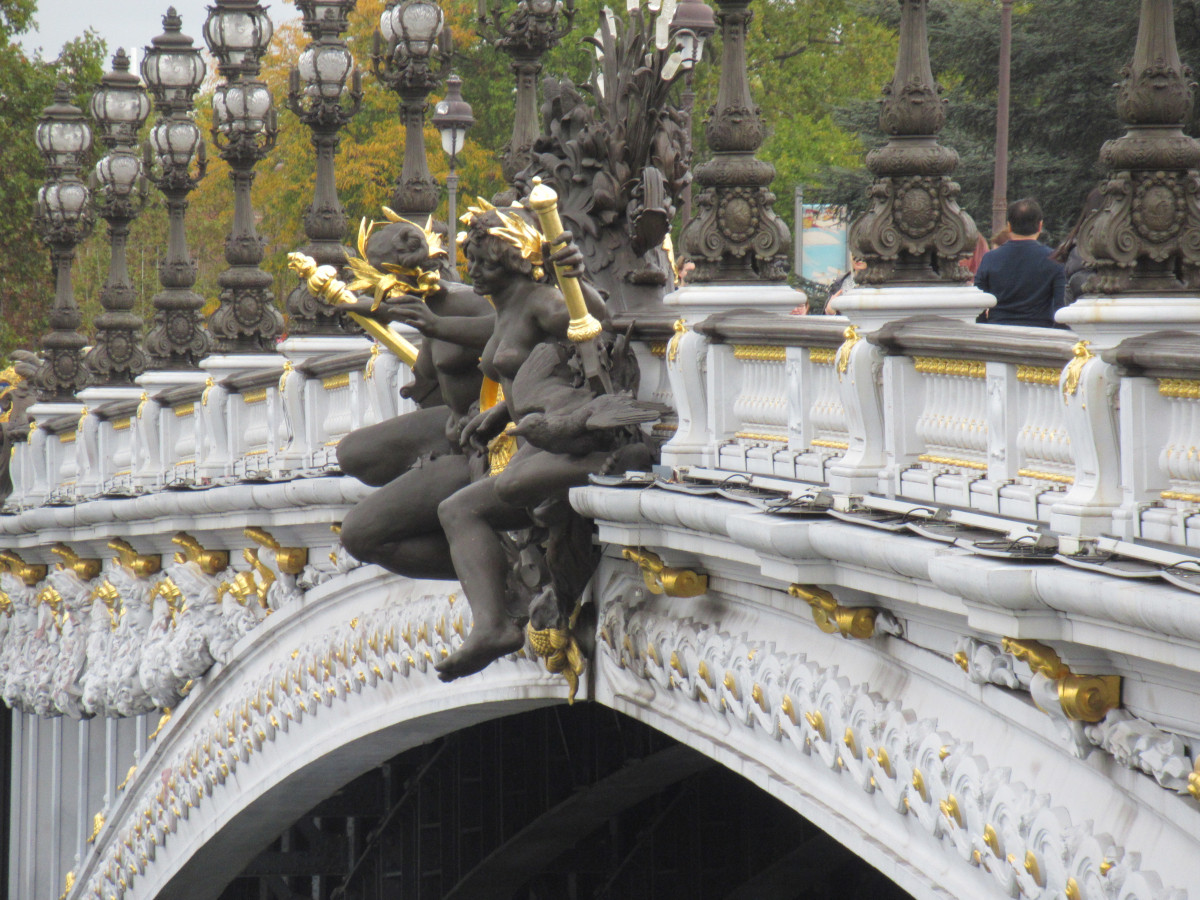

The World Exhibition of 1900 brought visitors from across the globe to Paris and Paris built a host of stunning buildings to impress them, including the Grand Palais and the Petit Palais. The spectacular Alexander III Bridge was specially built to connect these two new cultural centres with the Invalides. It is lined on both side with 32 bronze street lamps, the height of Belle Époque elegance, designed to show off the newly invented electric street lighting. It’s also decorated with an exuberance of statues – lions, cherubs, you name it – and wrought iron decorations with golden highlights. No wonder it’s many people’s favourite Parisian bridge.
At the Grand Palais, easily viewed from the river, a 45m cupola soars above the city, supporting a graceful glass roof and its stone and ironwork facades are Belle Époque architecture at its best. Today it’s one of the city’s main exhibition centres. The nearby Petit Palais houses the City of Paris Art Collection and is free to visit, making it an excellent way to see inside a Belle Époque building. Look out for the wrought iron staircases and the grand gallery and make a point of visiting the elegant café with its lovely outdoor terrace of pillars, statues and plants.
the gare de lyon
Travel became easier in the Belle Époque as trains were modernised and stations like the Gare de Lyon were fashionably designed in keeping with the exciting new era. Look out for the lavish carvings and chandeliers, more in keeping with a hotel or a palace than a station, and especially for the station restaurant, Le Train Bleu where wealthy Parisians would dine before heading south for the summer. It is still a restaurant today and while eating there you can enjoy its sumptuous décor: golden carvings, upholstered wooden furniture and chandeliers from a bygone era. Artists were specially commissioned to design pictures of the landscapes which travellers would pass through en route to Lyon or Marseille.
Finding the Belle Époque in Montmartre
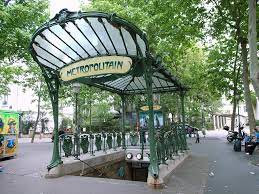
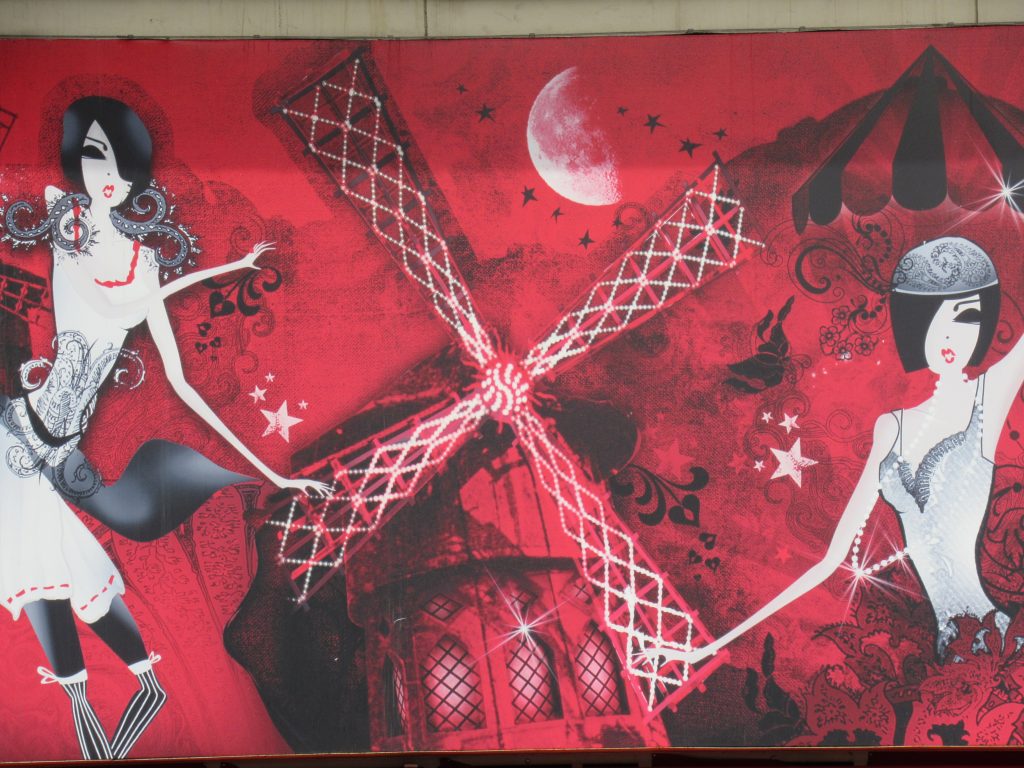
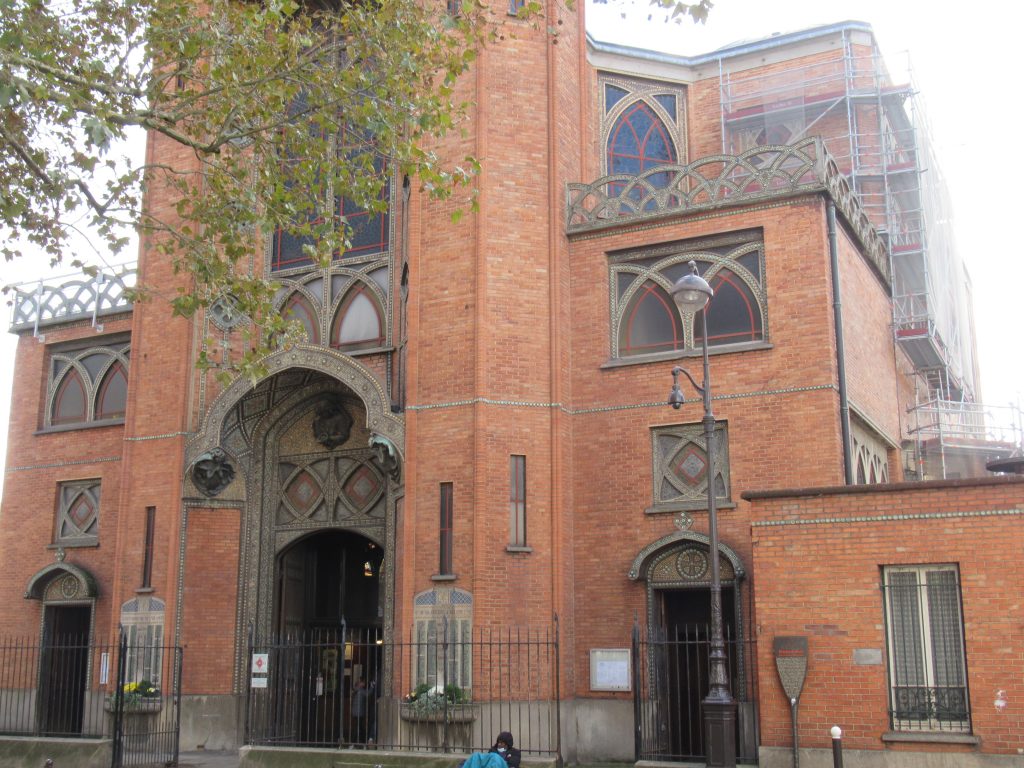
St Jean de Montmartre, an unusual church, is known locally as ‘Notre Dame des Briques’ (‘Our Lady of the Bricks’) and it’s just opposite the Abbesses metro station. Completed in 1904, its façade is indeed red brick, designed to be appropriate for the new industrial age, and its elegant interior is in art nouveau style. The pillars are slender because the building is made of reinforced concrete supported by a metal framework and the decoration of geometric patterns in bronze alongside blue and gold ceramics is stylish, but unlike any church from an earlier era.
Many of the early metro stations, opened in the early years of the 20th century, retain their original Belle Époque style. They were designed by Hector Guimard and characterised by dark green wrought iron railings and intricate metalwork designs around the lamps and station signs. One of the finest examples is Abbesses in Montmartre, where you can still see a beautiful glass canopy over the entrance, all supported by a delicate curving steel framework. Très Belle Époque!
Shopping à la Belle Époque

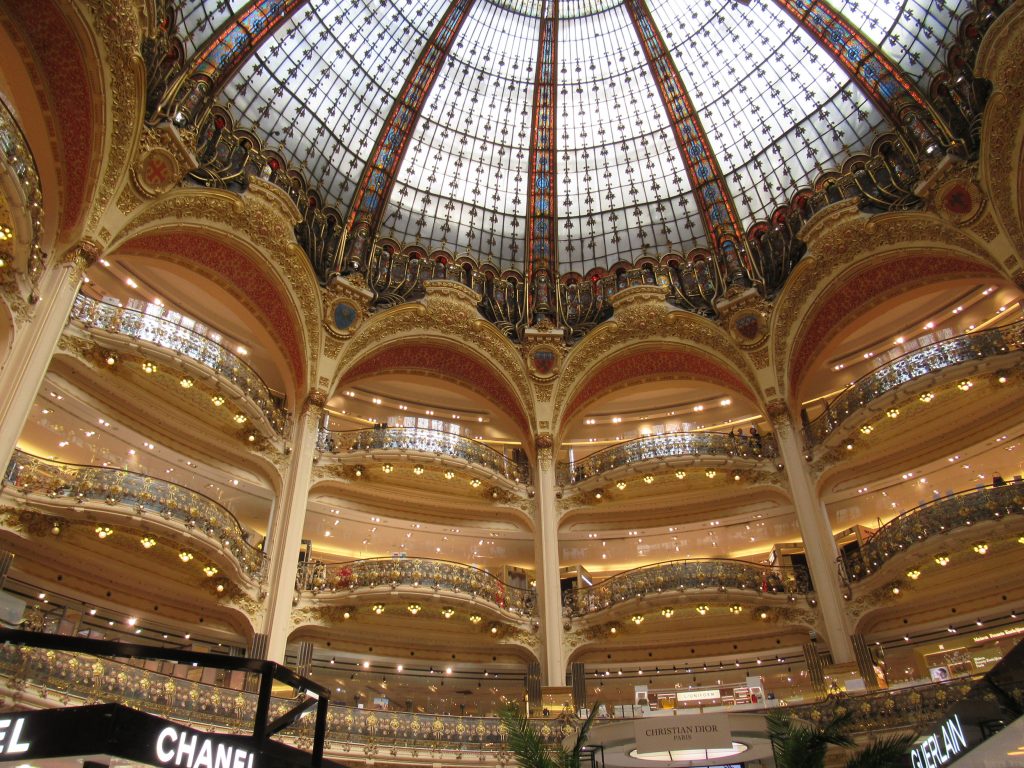

The grandest department stores in Paris were opened during the Belle Époque, for example the Galeries Lafayette in Boulevard Haussman which dates from 1895. In 1912 it was refurbished in a grand manner, with a sweeping central staircase modelled on the one at the nearby Opéra Garnier and a beautiful domed roof decorated in art nouveau style with stained glass panels in stunning jewel colours. Make sure you stand in the centre so you can see up into all five floors to admire the stunning décor – their seasonal displays are legendary – and maybe visit the 2nd floor café where the seats look out over the whole spectacle. Alternatively, the rooftop terrace restaurant offers marvellous views over Paris.
Another Belle Époque store in the city, Printemps, is also to be found in Boulevard Haussman and here too you can dine under a glorious stained glass and ironwork cupola in the Bleue Coupole restaurant. Le Bon Marché in the 7th arrondissment is another option where period design and opulence are on view on every floor and then there is La Samaritaine, at the right bank end of the Pont Neuf Bridge, which was reopened in 2021 after a grand refurbishment. Its boldly decorated Belle Époque façade is one of the must-sees on this part of the river bank.
Listen to the podcast
Suggested reading
Dawn of the Belle Époque by Mary McAuliffe
Twilight of the Belle Époque by Mary McAuliffe
links for this post
Opéra Garnier
Eiffel Tower
Grand Palais
Petit Palais
Le Train Bleu
St Jean de Montmartre
Galeries Lafayette
Printemps
Bon Marche
La Samaritaine
Previous Episode Montmartre
Next Episode Where to find Impressionism in Paris today





